As the space domain becomes increasingly congested, contested and complex, the USSF’s mission continues to evolve.
Before the U.S. Space Force (USSF) became a separate military service, space situational awareness (SSA) was part of U.S. Space Command’s focus: maintaining and updating the catalog of space objects and tracking satellites and space debris on-orbit.
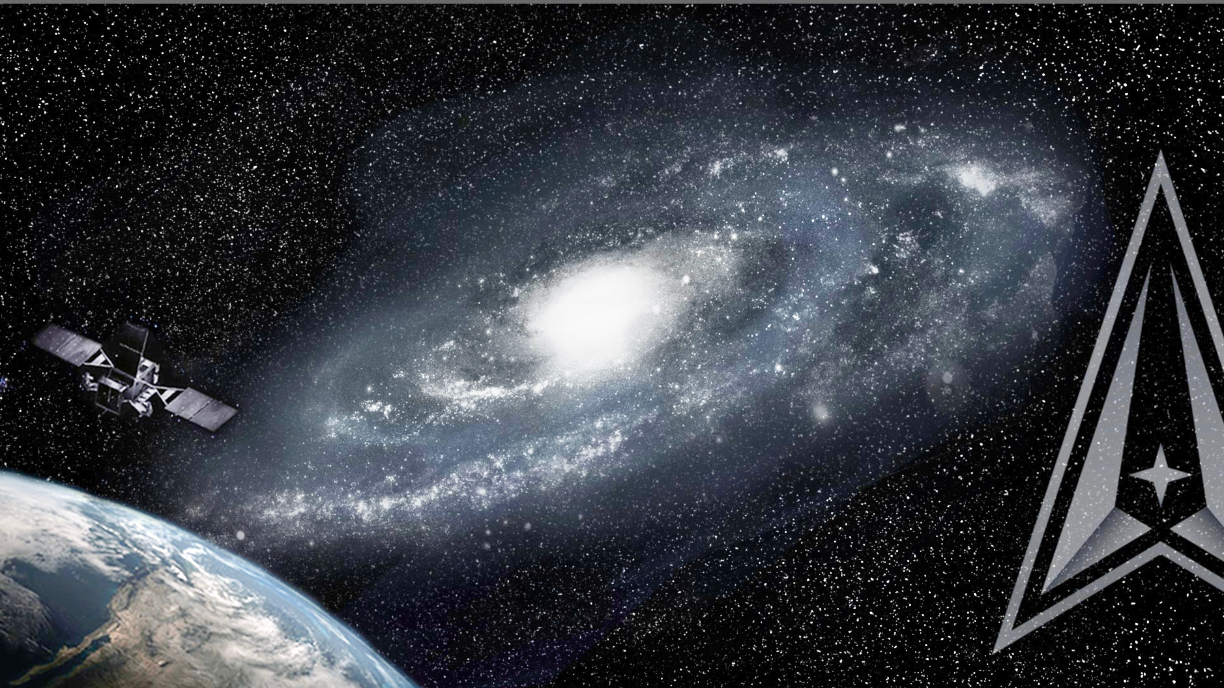
As space becomes increasingly congested and contested, and with USSF approaching its fourth year of operation, the focused has shifted to Space Domain Awareness (SDA), which is much more complex:
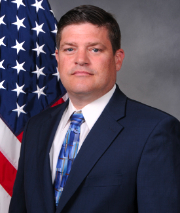
F. Schnell
“We are moving towards the characterization of the space domain – not only the things we know about, but can we find things we don’t know about?” said F. R. Schnell, director, Space Domain Awareness Acquisition Delta, Space Systems Command (SSC). “As the environment becomes more contested, our adversaries are going to try harder to evade our observations and do things they don’t want the general public to know about, that they don’t want their own public to know about. We need to be able to find those things that don’t want to be found.”
It’s not enough, Schnell said, to be able to identify a satellite as a satellite: now, the USSF wants to be able to identify the satellites’ capability and its intent — what specific threat does it pose to U.S. space assets and to those of our allies?
“That’s an entirely different perspective,” he said. “It’s one thing to say, ‘Yes, that’s a satellite and it’s right where I said it was going to be, and that’s a piece of debris and it’s right where I said it was going to be.’ But to know what the intent of the item is, or what its exact capabilities are, and what its pattern of life is, is different. Does it always ‘go left on Tuesdays?’ That’s the level of understanding we want to have. If it always goes left on Tuesdays at noon and then it suddenly goes right, then we’re going to be a lot more interested.”
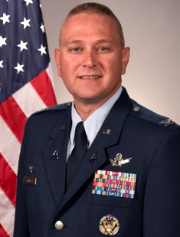
Colonel Marc A.
Brock
The USSF monitors the space domain from 100 kilometers above the Earth out toward geosynchronous orbit (GEO) and beyond through a network of satellites, telescopes, optical systems and ground-based radars all around the globe, said Col. Marc A. Brock, SpOC Space Delta 2 commander.
All of that data is fused together by the 18th Space Defense Squadron to provide a picture of what’s happening in the space domain for operational units and leaders.
That network is complex by design, Schnell said: some sensors are better at detecting things at different orbits than others, and with most of the planet covered in water, obtaining global coverage takes careful planning. In addition to its own equipment, the USSF has been incorporating commercial capability into its SDA architecture, providing more coverage and resiliency.
As of August 31, 2022, the USSF was tracking approximately 47,300 total objects with more than 6,500 of those active satellites — and more are being added every year, Brock added. “Just since the beginning of this year, we’ve seen an 18 percent growth in the number of objects in the congested domain, and an over 40 percent increase since the end of 2020,” he said, largely due to the growth of mega- constellations such as Starlink. “It’s really a space revolution, unlike anything we’ve seen in decades.”
“It’s not a secret at all that both China and Russia have decided to militarize the space domain: satellites that are highly maneuverable, satellites that have aggressive capabilities like robotic arms or kinetic kill vehicles and they’re proliferating these systems at a rate we have not seen at any point in history,” Brock said.
“One complication we have, from a space domain awareness perspective, is how do you maintain a ‘noise floor’ and understand what are the objects in the domain that are threats versus non-threats, and then once you’ve identified those threats, how do you maintain custody of (track) them and characterize their capabilities and their intent to affect our blue (friendly) assets? And further, how do you provide the warning that our blue assets need so they can respond in time?"
“The Russians launched Sputnik in 1957, and shortly after that, the United States began to build out a network of ground-based systems that could track those objects in space,” Brock said. “Over time, the threats that we’ve had in the domain have evolved. We are the single service dedicated to supporting warfighting in the space domain – it’s not something that the American people and the American military chose to do – we are responding to the actions of our adversaries.”
Some of that space debris has been deliberately caused, such as when the Russians blew up one of their own satellites, Cosmos 1408, in November of 2021, creating a debris cloud of more than 1,500 pieces, of which 615 pieces of debris still remain on orbit today, Brock said.
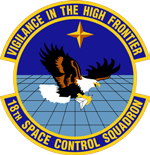
Although Russia has repeatedly said the satellite’s destruction was not a threat to manned-flight safety, the initial detonation sent seven astronauts aboard the International Space Station — two of them Russian — scrambling for safety.
Since January 1, 2022, NASA has had 39 high-concern conjunctions with that debris and one debris-avoidance maneuver. The irony, Brock said, is that the Russians control the thrusters on the ISS, so any debris avoidance maneuvers have to be performed by them.
The United States, Russia and China are all planning return missions to the moon, and that will require the USSF to expand its SDA efforts to the cislunar region. Unlike Keplerian physics, which focus on the satellites’ orbits around the Earth — a “two-body” problem — the cislunar domain also has the moon’s influence, turning it into a much more challenging “three-body” problem, Brock said. Cislunar orbits tend to be complex and unstable, making SDA that much more challenging.
New weapons, such as hypersonic missiles that travel five times faster than the speed of sound, can maneuver and have a different energy signature than ballistic missiles, and they also pose a new challenge for the USSF, Schnell said.
To keep up with the increasing SDA challenge, SSC is working to increase its partnerships with industry and looking to find the best emerging technology available, using innovative ways of connecting to commercial providers. SSC Industry and Reverse Industry Days and the field command’s new Front Door portal are a few examples.

Jennifer Ross
In July, SSC hosted an Industry Day event in Colorado Springs that was focused on SDA, in particular, threats in the cislunar domain, said Jennifer Ross, SSC executive consultant with the Front Door initiative.
More than 400 professionals attended the event, including more than 300 from the space industry, representing more than 180 different companies. The space industry officials represented companies with technology in optical, radar and radio frequency (RF) sensing capabilities, with the ability to augment SDA across all orbital regimes, including cislunar, as well as those looking to provide data analytics.
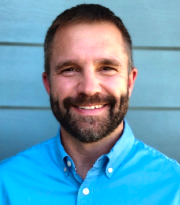
Colonel Brian
Gamble [Ret.]
The event was at the unclassified level, so more space industry partners could understand exactly what the United States and its allies are up against, said Col. Brian Gamble, (Ret.) SSC executive consultant to Front Door.
He added, “Ideally, when we look at capabilities like SDA, we’re looking at being prognostic to the threat. We need to be ahead of it – we don’t want to be playing catch-up to China and Russia; they should be playing catch up to us.
“One of the things we’re trying to do is to ensure is that SSC’s Front Door is providing an opportunity for industry, but also for SSC and the U.S. Space Force to make connections across industry to solve and close technical gaps in our architecture,” Gamble said.
SSC Front Door’s web portal is just the start of what we intend to offer, Ross said. In order to be prepared for 2026, “it’s going to take scouting, it’s going to take assessments, it’s going to take engagement and follow-through, all the way from identifying a great technology and marrying it to the right technological gaps, to working with the program and acquisition strategy teams. ( The public) is only seeing the very early stages of what’s going to be a much more comprehensive office so that these technologies and capabilities get fielded. Because at the end of the day, that’s the metric that matters: did this technology get into the hands of the warfighter?
“It’s game-changing for industry. A lot of these companies do not have (security) clearances so, for them, the threat has been behind a locked door, and now they’re starting to understand why we feel this urgency.”
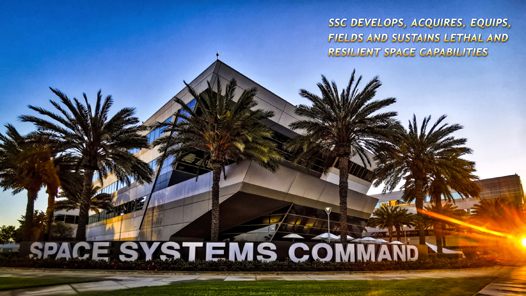
SSC wants to make certain it isn’t missing out on innovative technology from small, start-up companies due to “vendor-lock” — where mostly large, well-established “prime” defense contractors receive the high-level read-ins as they have secured facilities and have done business with the government before, Gamble said.
“We’re have to be able to evaluate early tech companies based on the operational needs of the Space Force and say, ‘You’re generating a lot of interest and attention from venture capital, you don’t have “nefarious capital” and you’re making progress towards solving a problem that nobody else has solved – or you’re going to solve it better and cheaper.’ Our intent is to help foster those capabilities and companies into our government ecosystem.
“We want to help facilitate getting them to the right place, because it would be a shame to miss out on that,” Gamble said. “It would also be a shame to be years behind where industry is because we didn’t tap in with companies already out there solving some of our hardest problems. We need to discover those things before we go spend millions on a Program of Record to solve 50 percent of something that’s already been solved in commercial industry.”
Space Systems Command (SSC) is the U.S. Space Force field command responsible for rapidly developing, acquiring, equipping, fielding and sustaining lethal and resilient space capabilities. SSC mission capability areas include launch acquisition and operations, communications and positioning, navigation and timing (PNT ), space sensing, battle management command, control and communications (BMC3), and space domain awareness & combat power. SSC is headquartered at Los Angeles Air Force Base in El Segundo, Calif.
Contact Space Systems Command at mailto:SSC%40spaceforce.mil%20 follow on LinkedIn.


